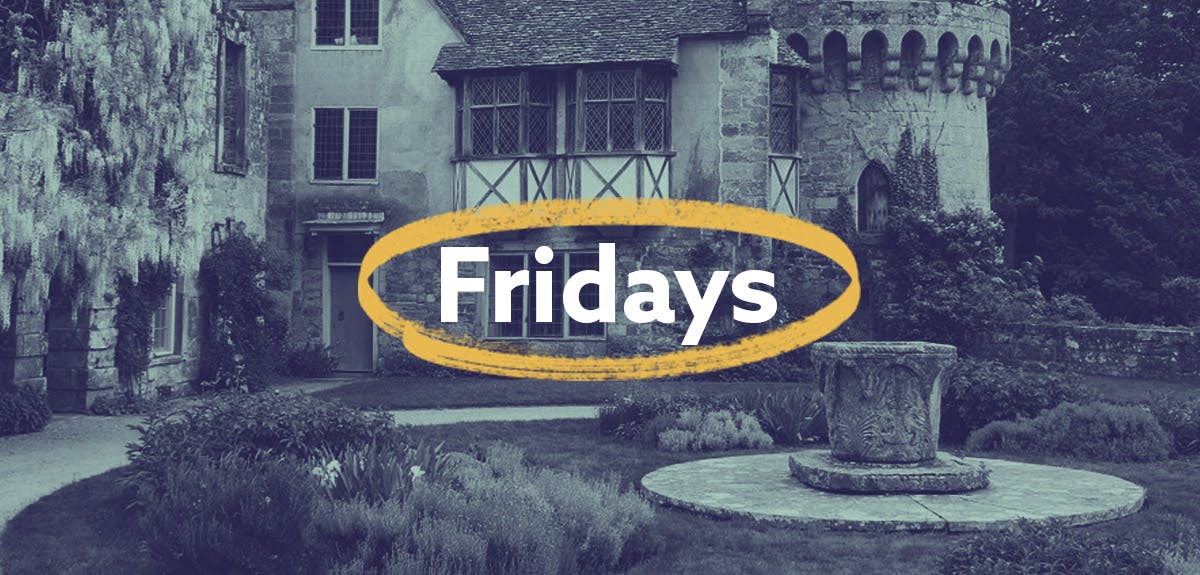Search new UK Parish and Military records
2-3 minute read
By Alex Cox | January 17, 2020

Does your family tree have roots in the Garden of England?
British Army Service Records
Over 2,000 new Scots Guards service records have just been added to our collection of British Army Service records. These include records of Scots Guards officers, available exclusively on Findmypast and never before published, who enlisted with this prestigious regiment of foot guards between 1642 and 1939.
The Scots Guards can trace its origin back to 1642 when they were known as the Marquis of Argyll’s Royal Regiment. Throughout its history, the regiment has also be known as the Scots Regiment of Foot Guards, 3rd Regiment of Foot Guards, and the Scots Fusilier Guards. Finally, in 1877, the regiment received its title as Scots Guards. The enlistment records include the names of men who served in the Seven Years War, the Napoleonic War, the Crimean War, and the two world wars.
Kent Baptisms
Over 3,000 new records from the parishes of Saint Peter & Paul in Ash-next-Ridley and Christ Church in Kilndown. Discover when and where the baptism took place, as well as your ancestor’s parents’ names, professions, and residence.
Baptism records state the date and place an individual was baptised into a church, and are an essential part of researching your family history. In most records, the parents of the individual being baptised are included, which is often the key to finding out the names of the previous generation.
Kent Marriages and Banns
Search more than 7,000 new additions covering 6 parishes across Kent. These records will reveal when and where your ancestor married, as well as the bride’s and groom’s full names and names of their fathers. For a full list of all parishes and date ranges currently covered, view our parish list.
For events that occurred prior to the introduction of civil registration in 1837, parish registers are the best resource for discovering your ancestors. Registration of life events – births, marriages, and deaths – began in the Church of England in 1538. In 1754, Lord Hardwicke’s Marriage Act passed in order to prevent clandestine marriages. This act declared that those of all denominations, except Jews and Quakers, were obligated to register their marriage with the Church of England. For this reason, even if your ancestors were Roman Catholic or non-conformist, Church of England registers are a relevant and valuable resource.
Kent Burials
A further 7,000 records from the parishes of Saint Peter & Paul in Ash-next-Ridley, St Martin in Cheriton and St John the Baptist in Eltham have been added to the collection. These records may reveal where and when they were buried, as well as their spouses’ and fathers’ names.
A burial record records the date and places an individual was buried. It is not the same as a death record, which is a civil record. Deaths were not recorded by the state until 1837. If you find your ancestor’s burial record, it would be useful to search for your family name in that same parish. People were often buried together or in the same parish as their relatives. This could lead you to discover more ancestors.
British & Irish Newspaper update
We have added more than 109,000 brand new pages this week, and are delighted to have added eleven brand new titles from all corners of the United Kingdom and Ireland, covering 120 years of history. This includes:
- Huddersfield Daily Chronicle - 1873-1874, 1876-1882, 1884-1888, 1890-1896, 1899-1900
- Kilkenny Moderator - 1825, 1903, 1905-1906, 1908-1924
- South Bristol Free Press and Bedminster, Knowle & Brislington Record -1909-1930
- Brighouse News - 1870-1896, 1898-1908, 1910-1911
- Brecon County Times - 1866-1870, 1872-1895, 1899-1933
- Westmeath Guardian and Longford News-Letter - 1897-1911
- Midland Counties Advertiser - 1928-1940, 1942, 1944-1945
- Sligo Independent - 1925-1927
- Barmouth & County Advertiser - 1890-1892, 1894-1896, 1899-1910
- St. Andrews Gazette and Fifeshire News - 1869-1883
- Cornish Guardian - 1907




